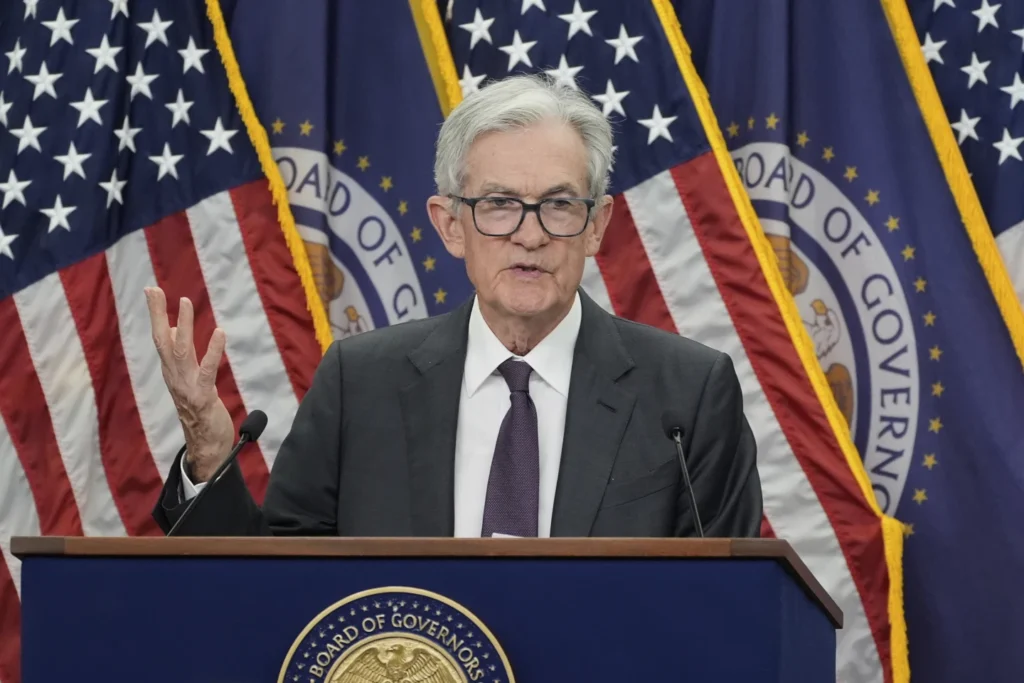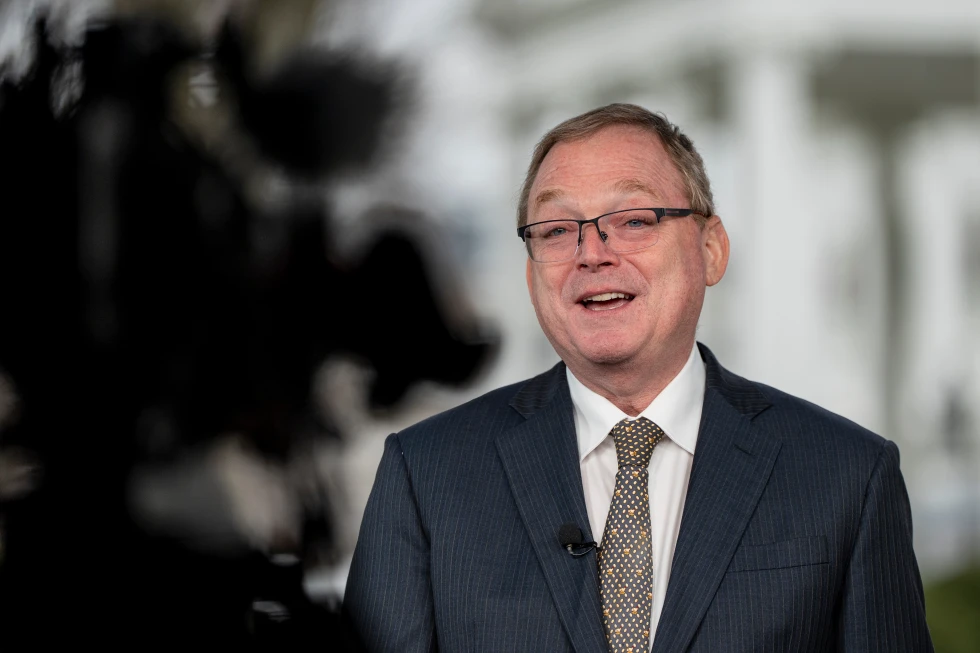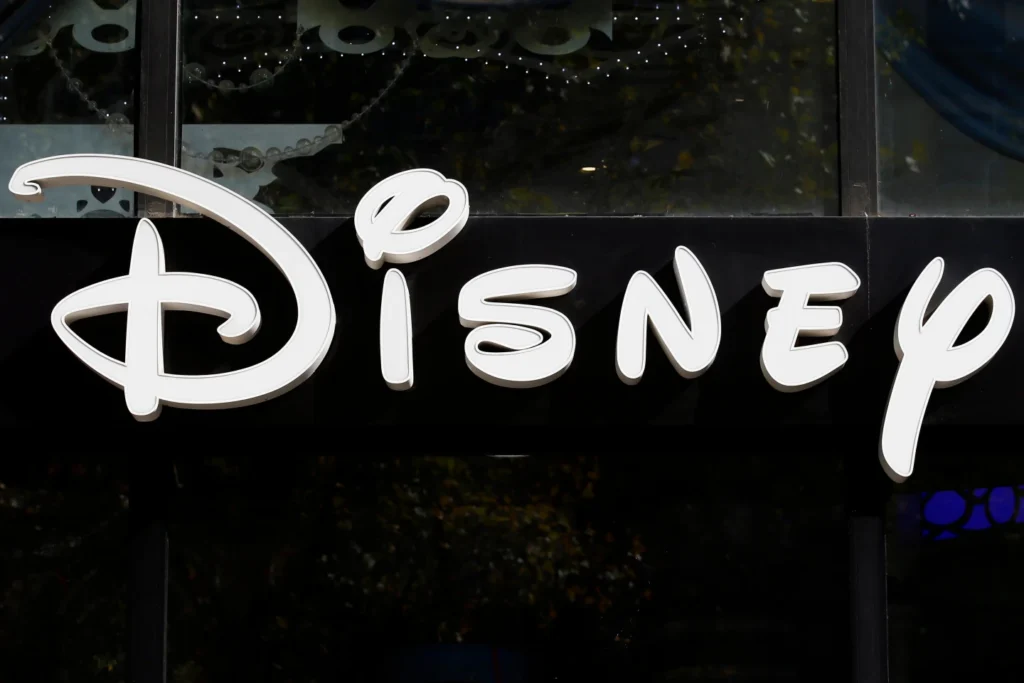US Inflation Steady in July as Core Prices Rise on Tariffs

US Inflation Steady in July as Core Prices Rise on Tariffs
US inflation was flat in July, holding at 2.7% year-over-year. However, core prices — which exclude food and energy — climbed to 3.1%, the highest in five months. The increase came as President Donald Trump’s tariffs pushed up import costs, even as gas and grocery prices eased.
According to the Labor Department, the overall rate matched June’s figure but remains above the Federal Reserve’s 2% target. Core inflation rose from 2.9% in June, signaling underlying price pressures.
Tariffs and Price Pressures
Slowing rent growth and cheaper gas helped offset the impact of Trump’s universal 10% tariff, introduced in April, along with higher duties on China and Canada. Many companies have absorbed part of the cost, but some are now raising prices.
Gas prices fell 2.2% from June and are down 9.5% from a year ago. Grocery prices slipped 0.1% last month but remain 2.2% higher than a year earlier. Restaurant meals continued to climb, rising 0.3% in July and 3.9% annually.
Tariffs have lifted the price of certain goods: shoes rose 1.4% in July, furniture increased 0.9%, and clothing edged up 0.1%.
Federal Reserve’s Dilemma
Stubborn inflation complicates the Fed’s decision-making. Hiring slowed sharply in the spring after tariffs were announced, boosting expectations of an interest rate cut. Chair Jerome Powell has warned that worsening inflation could delay rate cuts, a stance that has angered Trump.
Financial markets are now watching closely for the Fed’s next move.
Political Shake-Up at BLS
The Bureau of Labor Statistics (BLS), which publishes inflation data, is facing internal changes. Trump recently fired former BLS head Erika McEntarfer after a jobs report showed slower hiring than expected. He appointed E.J. Antoni of the Heritage Foundation as her replacement, promising “honest and accurate” figures.
A government-wide hiring freeze has reduced the number of price quotes BLS collects by about 18%, potentially making data more volatile in the short term.
Consumers May Bear More Tariff Costs
Economists expect US consumers to face higher prices in the months ahead. Goldman Sachs estimates that by fall, consumers will absorb 67% of tariff costs, with foreign exporters paying 25% and US companies just 8%.
Several major brands have already raised prices. Procter & Gamble increased costs on a quarter of its products. e.l.f. Beauty, which manufactures mostly in China, added $1 to all its products on August 1 — its third price hike in 21 years.
“Up until now we haven’t seen a massive hit to consumers,” said Matt Pavich of Revionics. “Now, prices are going up.”
SOURCE: AP News
: 178







